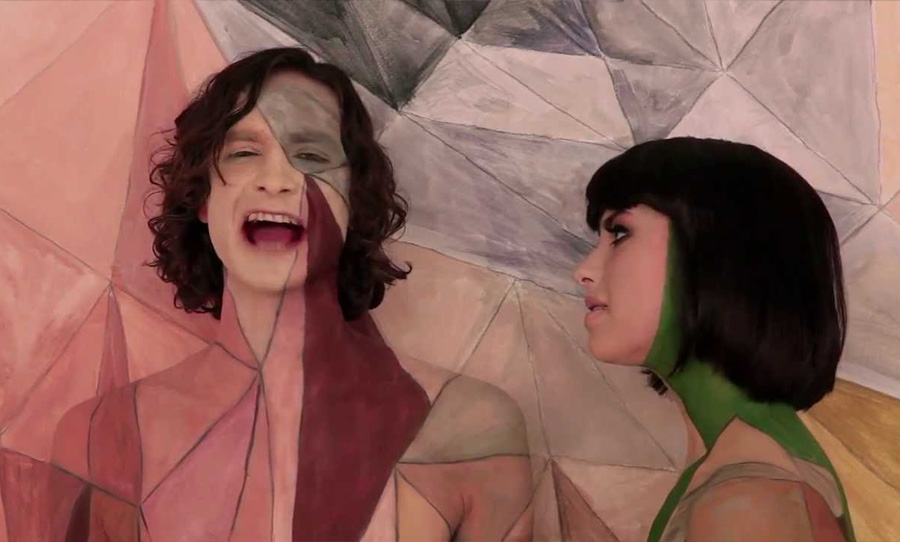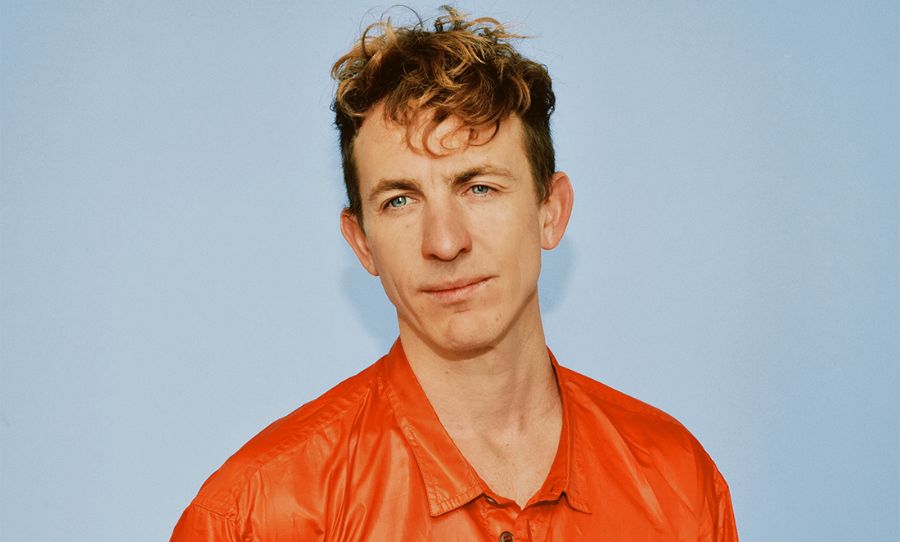Nowadays, it’s a pleasure looking back at Wouter “Wally” De Backer’s three independent albums as Gotye: Boardface (2003), Like Drawing Blood (2006), and Making Mirrors (2011). Through an exploration of this phenomenal body of work, it is clear that this artist is so much more than somebody that we used to know, he is one of Australia’s most significant indie stories and a picture of genuine viral success.
Like many artists first springing into their musical journey, Gotye’s initial releases carried a profoundly authentic and homemade feel. He was recording his first tracks primarily using samples, stitching bits and pieces together like a sonic patchwork. After putting together his first release he made about 50 copies on CD, handwriting the tracklist and colouring each cover sleeve individually.
Channelling what it truly means to be indie, he worked tirelessly, sending the CDs to every radio and recording contact he could find until positive feedback soon came bouncing back his way from various radio stations and the press. After two more homemade collections were released, and with the continued support from the Australian indie scene, record label Creative Vibes distributed his debut album in 2003. It was titled Boardface, an accumulation of the material from his three previous releases.
What became immediately clear about Gotye after just one spin of his debut was his fearless ability to experiment. Despite an explicit desire to be heard, he set out to challenge rather than please us. Exploring song structures and ambient electronic tones, all the while pushing his vocals to every edge of the cliff, something was enchanting about Gotye’s sound. He tried his hand at pop and trip-hop, adding a Latin flare to certain tracks and inviting female vocalists to add further diversity to the album’s deliverance.
Intertwining samples that most artists wouldn’t know what to do with against stunning instrumentals, Gotye disowned the idea of genre, leaving it to die at the very start of his career. Embracing music from all over the world and allowing it to wash over him meant that Gotye’s music would reflect no influence, yet so many at once. He would be unapologetically himself in every creation moving forward and was confident to continue to explore a plethora of distinct sonic otherworlds. And while Gotye had not by any means made it big yet, he had already imprinted his innovative approach to creative expression in the minds of many others.
The next few years after the release of Boardface would see De Backer face many shifts within his life, moving home multiple times, playing and performing with his band The Basics, plus the unexpected twists and turns life tends to throw at us all. This lack of consistency was both positive and negative, inspiring so many of the songs he manifested while also limiting his ability to create. These three years led to a collection of new songs which became his second album, Like Drawing Blood, the album’s titled spurred by the struggles he experienced trying to bring his sound to life in an ever-changing environment.
Within this album are so many treasures, with Hearts A Mess remaining one of his most harrowing tracks. It was this song, amongst many others, that caught the attention of a wider audience – Like Drawing Blood has been certified Platinum in Australia and was nominated for a number of prestigious awards. No two songs ever sounded the same as so many do in a full-length release. However, Gotye was unable to foreshadow that soon enough, one sound would define him.
De Backer soon set up a recording studio in a barn at his parents’ farm to work on his third album. First single Eyes Wide Open was embraced, its confronting message about humanity’s blind conformism to consumerism staring back at us. This track foreshadowed the deeply subjective nature of Gotye’s third album, illuminating its title Making Mirrors as the perfect fit. It was just after the announcement of his third album that Gotye’s second single was released, Somebody That I Used To Know, featuring New Zealand musician Kimbra, a song that well and truly shook the world. Despite minimal attention from radio stations, the song quickly crept up the ARIA charts, reaching eleven times Platinum status in Australia and eight times Platinum status in the United States, becoming the number one song on iTunes in over 46 countries. The release of the track’s iconic music video only saw further success.
There is no denying that this track is faultless, one of the most significant songs in recent Australian history. However, despite this incredible result, Somebody That I Used To Know certainly worked to overshadow the rest of Making Mirrors. It’s not often a song is so inexplicably perfect, let alone one that has was completed in a makeshift barn studio. Gotye invited you into the depths of his mind, casting shadows and reflections, unveiling his deepest secrets and his most momentous moments of love and joy. Somehow his music forced a sense of empathy upon you, making you feel his every emotion, allowing them to loom over you long after you stopped listening. The album launched Gotye into the new, fast-paced world of international stardom and acclaim.
A quick Google will turn up an overabundance of frequently searched questions like‘What happened to Gotye?’ and ‘When did Gotye die?’ Understandable, considering the artist hasn’t released anything under the name since 2011. However, De Backer has chosen a creative path which brings him the most joy.
Being transported into the mainstream placed a certain expectation on the artist which he refused to accept. De Backer continues to create music without compromising his creative desires, passions and integrity. In the wake of his 2012 international tour, Gotye began applying his creativity in new and exciting ways. The artist launched Spirit Level, an independent record label while continuing to drum with his band The Basics. But will we hear more from Gotye? In 2014, the artist stated that “there will be no new Gotye music,” however has maintained the possibility that the project may continue in the future and for now, just the prospect is good enough for us.
Despite being seemingly off the grid, Gotye has been as busy as ever. His artist-run label Spirit Level has worked to further amplify some of Australia’s most distinctive creative voices. On top of this, he has collaborated with a number of musicians and visual artists. While The Australian identified Gotye within its “top 50 most influential Australians in the arts” for the hit song he was most widely known for, it is clear that his true impact on the world is far richer and deeper than mainstream media will ever understand.
Gotye is explicitly indie in every sense of the word, an image of how many artists would love to approach their music – the way that they actually want to. His deliberate choices in the aftereffect of Somebody That I Used To Know were a defiant yet humbling display that will continue to inspire indie artists for many years to come.




